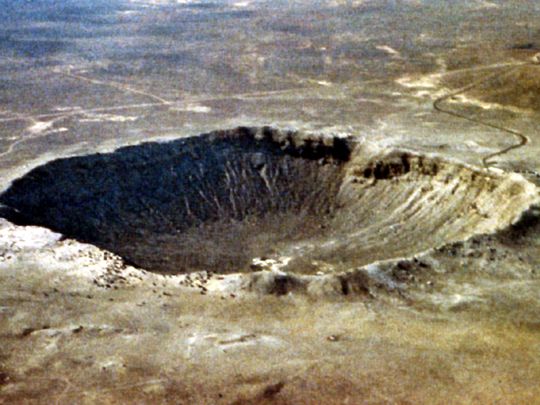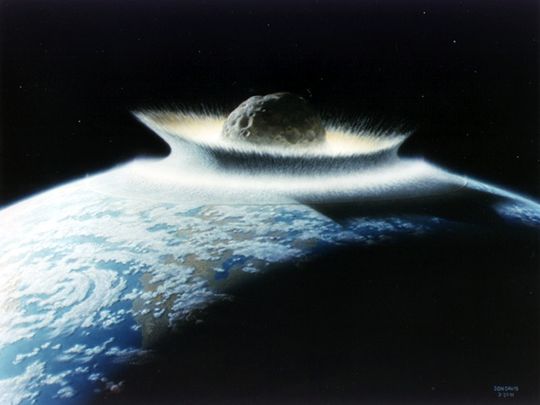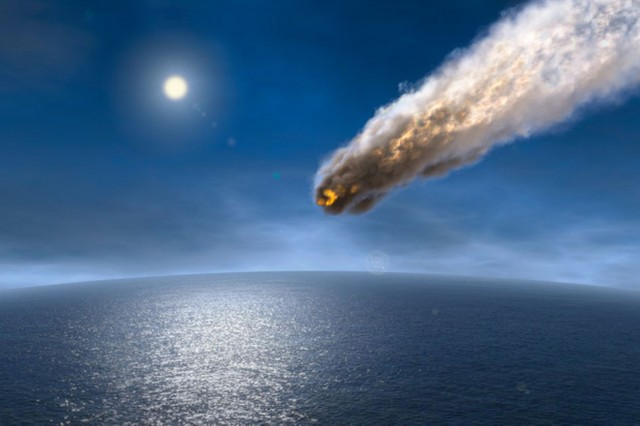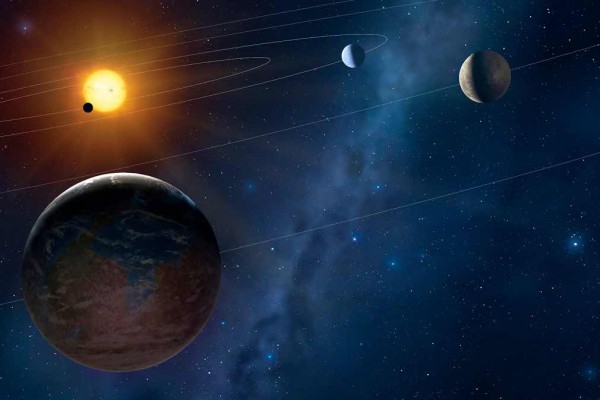10/31/2016 / By spacenews
Worried about an asteroid smashing into Earth? A new NASA early warning “intruder alert” system should ease your fears.
Article by Doyle Rice
NASA’s Scout computer program — constantly fed by data from telescopes around the world — watches out for potentially dangerous space rocks such as asteroids and comets, giving us early tip-off if one appears to be coming nearby.
One rock was spotted just last week, which whizzed by Earth on Sunday night at a comfortable distance of 310,000 miles, according to NASA.
This five-day warning may not sound all that impressive, but it’s more than we used to have.
“These are objects that observers have reported, and they suspect them to be asteroids,” Paul Chodas, manager of NASA’s Center for Near-Earth Object Studies at the Jet Propulsion Laboratory (JPL) in California, told Space.com.
With over 90% of the near-Earth objects larger than about a half-mile in size already discovered, the NEO program now looks for smaller objects.

Planetary scientists believe that a rock that smashed into Arizona about 49,000 years ago with the power of more than 150 Hiroshima bombs was just a fragment of a space rock that probably measured about 136 feet across. (Photo: HO, AFP/Getty Images)
So far, NASA has identified 15,000 of these near-Earth objects, which the agency said are remnant debris from when the solar system formed about 4.6 billion years ago.
More than 1,700 of the rocks have been classified as “potentially hazardous” asteroids, ones that could zoom by as close as 4 million miles. (For perspective, the moon is 238,900 miles away.)
This does not mean one of these asteroids will impact the Earth. It only means there is a possibility for such a threat, NASA said.
Scout, which looks for small objects, complements another NASA program, Sentry, which has been around since 2002 and looks for larger objects, ones that could potentially wipe out a large city.
For pending impacts, NASA has contacts with FEMA and other agencies to prepare for upcoming disasters, according to Space.com.
“The key thing is to have a system that alerts us and alerts the observers,” Chodas told Space.com.

Artist’s concept of a catastrophic asteroid impact with the Earth. Life near the impact would be instantly wiped out from the effects of high temperatures and pressures. (Photo: Don Davis, NASA)
Read more at: usatoday.com


















